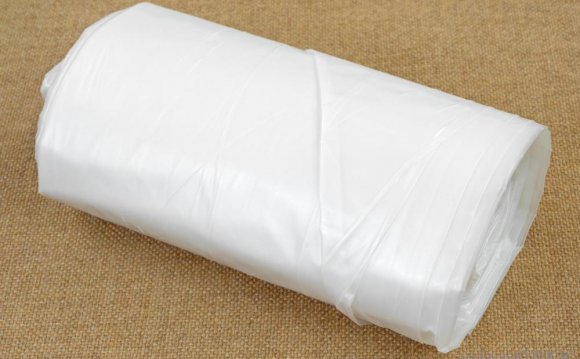
If your house has a crawlspace, it is important to keep it dry and free from moisture. A damp crawlspace is the perfect breeding ground for mold and mildew; furthermore, it could be an invitation to termites, not to mention other vermin that like the dark and damp spaces such as snakes, rats, spiders, and other unwanted guests. There will be occasions when your crawlspace does become damp; therefore, you need to know how to dry it out. Use this advice to do so.
Create Better Drainage
Improving the drainage around your house will prevent rainwater from seeping under your foundation. Be sure that your soil is graded at .5-inches per foot. If necessary, purchase additional soil to improve the grade. Even if you have gutters, doing so will prevent rainwater from entering your crawlspace through your foundation.
Insulate Your Foundation
Insulate your exposed foundation walls with moisture proof insulation. 1.5-inch rigid insulation is best for this type of application. Tape the seams to prevent air and moisture from passing through. Insulate the rim joists that sit on your foundation walls and caulk the seams to prevent moisturized airflow.
Cover Your Crawlspace Floor
Another way to dry your crawlspace and avoid moisture problems is to cover the floor of your crawlspace with heavy-duty plastic known as moisture barrier. The thicker the barrier, the better it will be. When covering the floor of the crawlspace, you should try to do it in continuous runs. Accidental holes or punctures will not cause the barrier to be ineffective, so long as there are not any gaping holes.
Cap the Foundation Wall Interior
Capping the interior of the foundation wall with a strip of plastic sheeting, then adding galvanized flashing creates an effective moisture barrier. The galvanized flashing will also combat termites.
Use an Electric Fan
If your crawlspace has a lot of ventilation and has become damp, you may be able to dry it with a large electric fan. Place the electric fan at the opening of the crawlspace, turn it on, and leave it to run for at least 10 hours. Sometimes simply moving air around in the crawlspace will allow it to dry rather quickly.
Use a Dehumidifier
Many people have reported success at drying out their crawlspace with a dehumidifier. There are specialty commercial grade dehumidifiers manufactured just for this purpose; however, if your crawlspace is not terribly wet, then a large room humidifier should suffice. Simply plug-in the humidifier and allow it to run for several hours. In most circumstances, you will notice a substantial reduction in the amount of moisture in your crawlspace.









